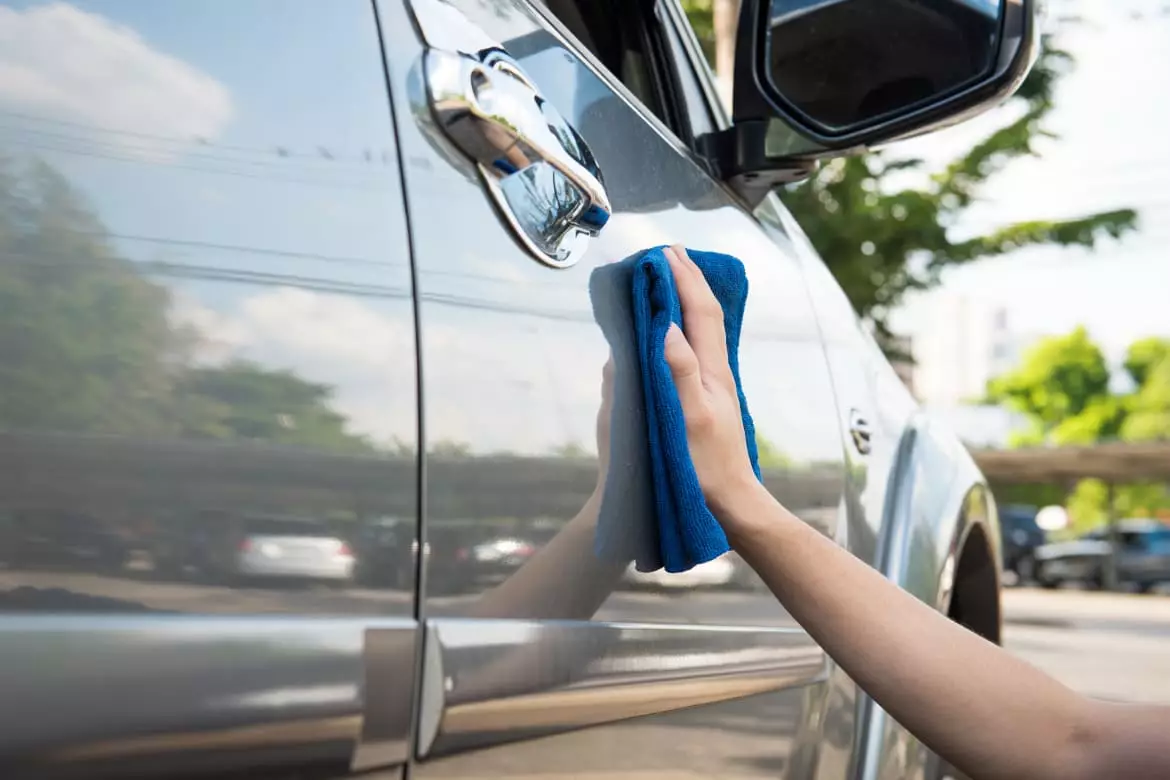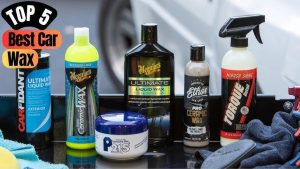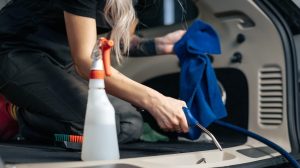Dependent upon your location and weather conditions, depending on how often you wax during summer you may only require one good wax for protection; but once winter comes around you’ll likely require regular waxes due to road salt, ice, and snow which can cause corrosion damage.
Waxing should be done ideally in an air-conditioned garage during morning or evening hours, when it will not be exposed to direct sunlight.
Winter
Winter driving conditions can be tough on vehicles, and applying carnauba wax protects against snow, road salts and other environmental contaminant damage by adding an additional protective layer. A layer of carnauba wax will protect it against the effects of corrosion, discoloration and other forms of degradation caused by environmental hazards like snowfall.
Car waxing should take place in cool temperatures and in the shade for best results. Direct sunlight can cause polish to dry too quickly and leave streaks behind; while colder temperatures make it more challenging to spread and wipe the product evenly across your vehicle’s surface.
As it’s best to apply carnauba wax in cool temperatures and in the late afternoon or during a partly cloudy day, so that it has time to bond with the paint, applying this product at these times allows it to maintain its liquid consistency, making application easier and quicker.
As always, car wax should be applied after giving your vehicle a thorough wash. Use only quality products and carefully follow any instructions from manufacturers or other car enthusiasts when applying wax to your car. Reading reviews from fellow enthusiasts may provide invaluable insight into their quality and durability – an established brand should have proven track records with consumers over time.
Spring
After snow and road salt have receded, it’s a good idea to give your car a fresh coat of wax. This helps protect its clear coating from damage caused by road chemicals and debris as well as contaminants like bird droppings, tree sap, pollen and water spots from penetrating its paintwork. Furthermore, waxing regularly will keep it looking its best while encouraging people to form good habits around waxing regularly.
The frequency with which you must wax your car depends on several factors, including its time spent outdoors and where it is parked. Vehicles kept indoors in climate-controlled garages may go longer without waxing applications while those exposed to harsh winter weather and year-long sunlight must be waxed more often in order to preserve their clear coat and keep its protection intact.
No matter when or how often you decide to wax your car, late afternoon is usually best as this allows the product to dry quickly without being affected by intense heat. Be sure to use a soft cloth when applying wax sparingly so as to not leave smears behind!
Liquid waxes can be easily applied and usually provide protection for up to one month; however, hard waxes containing carnauba provide better long-term protection and hold up better against extreme temperatures.
Summer
Waxing is essential if you want your vehicle to look as brand-new and fresh. Wax acts as a protective layer, shielding it against UV rays, chemicals sprayed onto roads while driving and debris that could scratch or chip your clear coat finish.
People often wax their car on a regular basis in order to ensure it looks its best at all times. These individuals will clean, clay bar and apply full waxing jobs every spring and summer in order to keep it looking its best.
No matter if you use liquid or paste wax, always utilize a pre-wax cleaner to remove dirt and grease from the surface of your paintwork before trying to apply wax. Failure to do this could result in grinding these contaminants into the paintwork as you attempt to apply your product; park in an shaded area in order to preserve product longevity.
How often you should wax your car will depend on various factors, including its location and climate. Waxing can become necessary more frequently if exposed to harsh elements like rain, salt or snow than with vehicles kept indoors that only see sunshine on Sunday afternoons.
Fall
Car wax does more than just enhance its aesthetic value; it also protects the paintwork on your vehicle from fading and corrosion damage. Applying quality wax regularly will keep it in tiptop condition, increasing resale value as well as prolonging its service life.
As soon as temperatures begin to shift, it’s advisable to give your car one final full-body wax job before winter strikes – this will provide a protective barrier from harsh elements that could cause irreparable damage during these colder months.
As in summertime, waxing your car should take place during afternoon or evening hours when the sun is low and direct sunlight is reduced to allow the wax product to set up without overheating or burning your hands.
Waxing frequency depends on many different factors; most vehicles stored in climate-controlled garages only need to be waxed two times annually. Vehicles exposed to harsh winter weather or other elements may require more frequent waxing – it’s best to find what works for your specific vehicle and contact an experienced professional if unsure. They will offer advice and recommend products tailored specifically to meet your needs.



